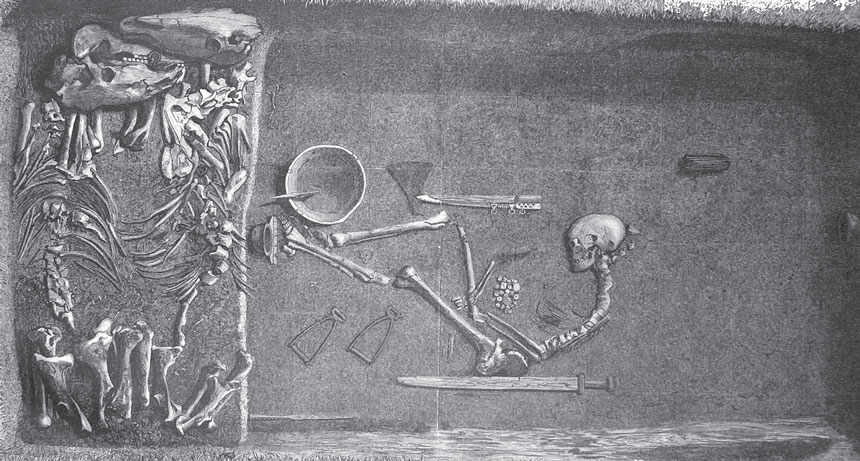C-sections lead to heftier mouse pups, but the implications for people aren’t clear
For mice, birth mode matters when it comes to weight. Within their first years of life, pups born by C-section gained more weight than mice born vaginally, researchers report. Scientists attribute this heft to different microbiomes — the communities of microorganisms that live in and on the body — in the C-section group.
The results, published October 11 in Science Advances, are the latest hint that a baby’s delivery method has important consequences for future health. By 15 months after weaning, the mice born by C-section had gained 33 percent more weight than the mice born vaginally. That number was even higher — 70 percent — when researchers compared only the female mice.
As fascinating as these results are, they’re from mice, so it’s unclear whether something similar happens among people.
Human babies (and other animal youngsters) are born germy, colonized at a tender age with their mothers’ bacteria. This bacterial transfer may begin in the womb, animal studies suggest, and continues during a trip through the birth canal. Several studies have shown that, like the mice in the new study, babies born by C-section have different compositions of bacteria than babies born vaginally.
The idea is that babies born via C-section may miss out on some of the beneficial bugs living in birth canals. Earlier work points to a possible remedy for this disparity: Wiping down newborns delivered by C-section with vaginal fluids, a controversial process known as vaginal seeding. That procedure seemed to make babies’ microbiomes more similar to that of vaginally born babies, at least temporarily. (In this case, the researchers looked at only the first month of life.)
Other experiments, however, haven’t found big, long-lasting differences among the microbiomes of babies born by C-section or vaginally. And even if those differences among babies do exist, as some studies suggest, it’s not easy to pin them on C-sections themselves.
For starters, it’s impossible to separate out the influences of conditions that might make a mom more likely to have a C-section. Take the case of obesity itself: During pregnancy, obesity increases a woman’s chances of having a C-section. It also increases a baby’s risk of obesity. These sorts of twisty complications make the situation hard to sort out in people.
Another tricky part of translating data from mice to people is that unlike women who undergo C-sections, the mice in this study didn’t receive antibiotics. It’s possible that the combined effects of antibiotics and a C-section would be even greater than those described here. During pregnancy and labor, antibiotics may change the composition of bacteria in a mother, and as a consequence, the microbiome of the baby.
Despite the lack of clear-cut answers, the steady trickle of results linking birth method, babies’ microbiomes and future health hint that there’s something going on there. But many more studies are needed before that something gets more specific.
